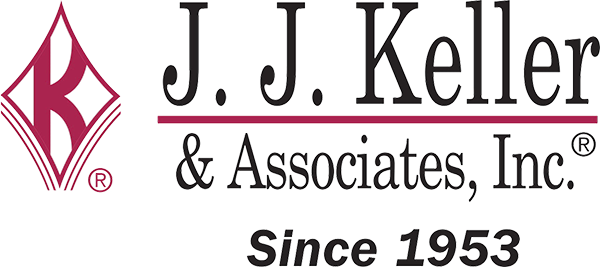To receive the CTP designation, you must successfully pass both parts of the CTP Examination. Both parts of the examination are weighed equally.
Upcoming Examination Dates
The CTP® Examination is offered once annually throughout the United States on the second Saturday in February. Upcoming test dates include the following:
- February 8, 2025
- February 14, 2026
Examination Format
Part One consists of short-answer essay questions focusing on the core areas of fleet/transportation management. You will have two hours to complete this part of the examination. In the second part of the exam, you will be given a case study and asked to submit a written analysis of the problem and your recommendations for solving the problem. You will be given two hours to complete this portion of the examination.
Retake Examination
In the event that you do not pass either portion of the CTP Examination, you may retake that particular section(s). The CTP Retake Examination is offered annually on the second Saturday in March. Upcoming test dates are as follows:
- March 8, 2025
- March 14, 2026
If you do not pass the Retake Examination, both parts must be retaken the following year at additional cost.
Examination Curriculum
- Establish or manage financial goals, capital investment programs, budgets, and operating plans for transportation operations.
- Establish or manage a competitive, cost effective transportation operation.
- Direct or perform daily financial transportation activities.
- Measure and report financial performance against budget.
- Recommend allocations and/or adjustments to transportation budgets in response to changing conditions.
- Develop and implement new methods of cost control.
- Identify and establish additional revenue generating programs.
- Select and negotiate with suppliers and develop, award, and administer contracts for transportation operations.
- Proactively communicate the value and objectives of transportation.
- Establish financial policies and procedures to ensure alignment between company and transportation objectives.
- Negotiate equipment and lease prices.
- Establish performance standards and processes to optimize operations, increase customer satisfaction, and control costs.
- Implement performance standards and processes for optimizing operations, customer satisfaction, and controlling costs.
- Evaluate performance standards and processes for optimizing operations, customer satisfaction, and controlling costs.
- Direct the assignment and scheduling of vehicles, equipment, and personnel for optimal utilization.
- Establish performance requirements for personnel.
- Coordinate delivery needs with customer.
- Explore synergism of Compensated Intercorporate Hauling (CIH).
- Optimize company fleet and contract carriage relationships.
- Oversee outsourcing agreements for contracted services.
- Develop contingency plans to provide services in emergency situations.
- Evaluate technological advances; acquire and implement.
- Ensure compliance with tax, licensing, and permitting requirements.
- Ensure cost effective consumption of fuel.
- Coordinate transportation activities with other company functions.
- Establish company environmental, health, and safety policies and standards concerning transportation.
- Monitor and evaluate safety and environmental programs and training to ensure compliance and effectiveness.
- Develop and implement safety and environmental programs in conjunction with personnel training.
- Establish and manage environmental and safety regulations as they apply specifically to the facility.
- Provide assistance and information to resolve all fleet-related insurance claims such as vehicle accidents, OS (over, shortage, and damage), workers’ compensation, hazardous materials, unemployment, property, etc.
- Plan staffing needs; hire and assign qualified employees.
- Train employees on policies and procedures.
- Monitor and report compliance with policies and procedures.
- Enforce compliance with policies and procedures.
- Maintain up-to-date personnel records.
- Audit driver qualification files.
- Establish and/or manage and/or negotiate employee compensation, incentive programs, and benefits for union and non-union personnel.
- Establish and monitor career development path for all personnel.
- Administer an employee performance evaluation program.
- Promote a work environment that is conducive to safety, productivity and employee retention.
- Establish vehicle and equipment requirements.
- Develop functional vehicle and equipment specifications in accordance with the company strategic plan.
- Establish guidelines for the acquisition, replacement, and deployment of vehicles and equipment.
- Manage the development, implementation, and upgrading of technology used in vehicle and equipment operations.
- Provide formal guidance on effective vehicle and equipment maintenance.
- Develop strategic programs to reduce maintenance costs and improve reliability of vehicles and equipment.
- Monitor and evaluate performance of vehicle and equipment maintenance personnel.
- Promote coordination between vehicle/equipment manufacturers and suppliers regarding the full range of maintenance-related issues and programs.








